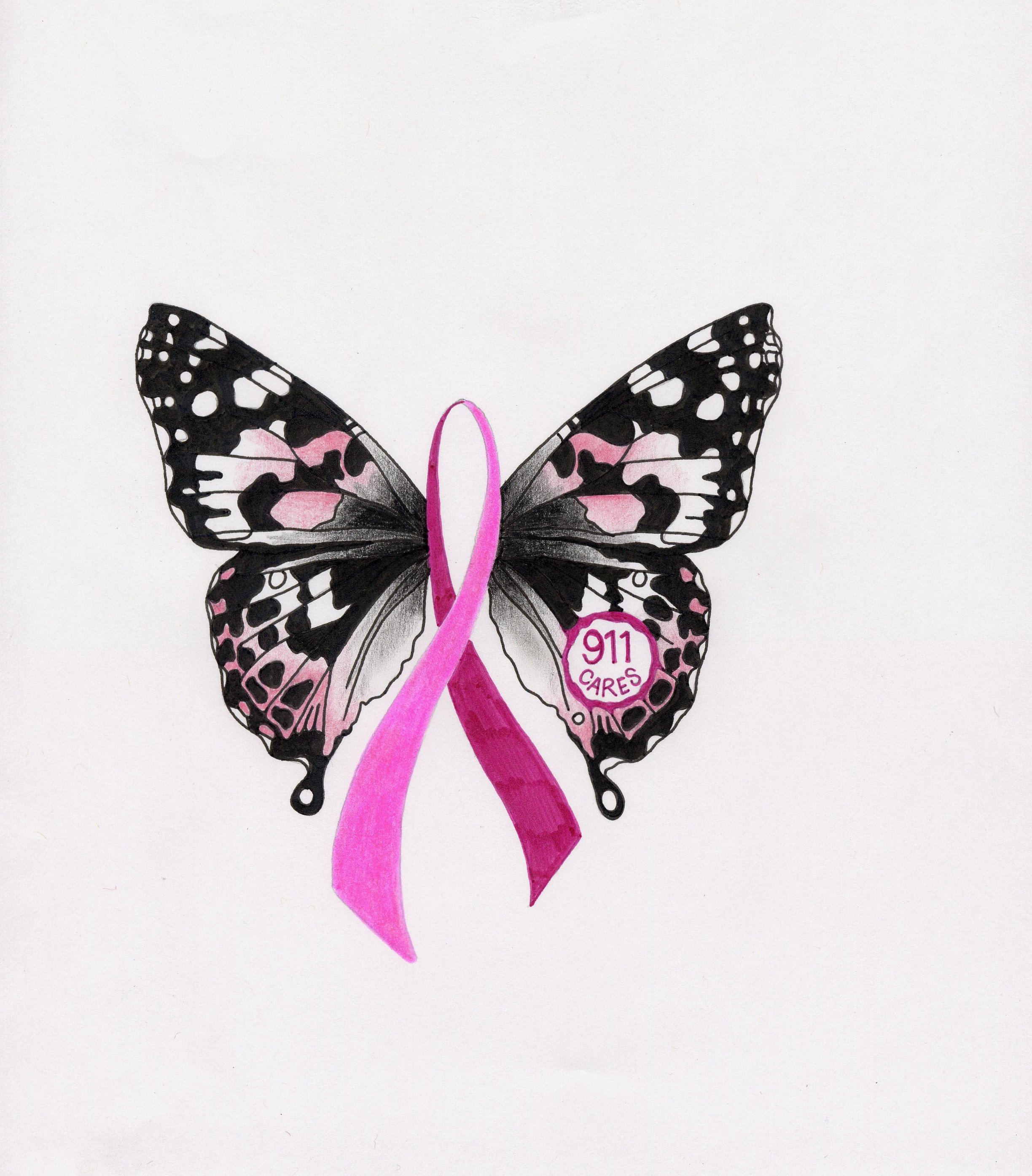Some Breast Cancer Facts:
Breast cancer is the most commonly diagnosed cancer in the America.There will be an estimated 230,480 new cases of invasive breast cancer ( including new cases of primary breast cancer among survivors, but not a recurrence of original breast cancer among survivors).
It is estimated that 57,650 new cases of in situ breast cancer ( including ductal carcinoma in situ (DCIS) and lobular carcinoma in situ (LCIS) of those, about 85% were DCIS) DCIS is is a non-invasive breast cancer and LCIS is a risk factor that increases the risk for invasive breast cancer.
There will be approximately 2,140 new cases of invasive breast cancer among men in 2011.
According to SEER (Surveillance Epidemiology and End Results) data from 2001-2007 , approximately 90% of women diagnosed with breast cancer still alive after five years of their breast cancer diagnosis. Among black women approximately 77% were still living after their breast cancer diagnosis
For women in the U.S., breast cancer death rates are higher than those for any other cancer, besides lung cancer.
Compared to African-American women, white ( non-Hispanic) women are more likely to develop breast cancer, but they are less likely to die of it. A possible reason may be that African-American women tend to get a more aggressive form of breast cancer, why this is so is not known. But other ethnic groups, Asians, American Indian and Hispanic have lower risk of developing and dying from breast cancer.
Older women are more likely to have breast cancer than younger women. From 2004-2008, the median age for breast cancer diagnosis was 61 years old. Approximately 0.0% of women under 20 were diagnosed; 1.9% between 20 and 34; 10.2% between 35 and 40; 22.6% between 45 and 54; 24.4 between 55 and 64; 19.7% between 65 and 74; 15.5% between 75 and 84; and 5.6% 85+ years of age. (SEER data, 2011)
A woman's risk of breast cancer doubles if she has a first-degree relative (mother, sister,daughter) who has been diagnosed with breast cancer. About 20% - 30% of women diagnosed with breast cancer has a family history of it.
Mortality rates have dropped for women under 50 years old (by 3.2%) regardless of ethnicity. ( American Cancer Society, 2010)
The current methods of treating breast cancer in the U.S. are surgery ( lumpectomy and mastectomy), chemotherapy, radiation,hormonal therapy and targeted therapy. ( ACS,2011)
Mammography screening does not prevent or cure breast cancer. It may detect the disease before symptoms occur. It may also lead to over diagnosis and over treatment. ( Nelson, etal, 2009)
These are just some of the facts and figures for breast cancer. But I URGE you to get screened and treated if necessary. Don't be afraid or embarrassed, at least not too much, for it could save your life.
Here are some links to sites that specialize in breast cancer:
http://www.breastcancerdeadline2020.org/know/analyses-factsheets--other/
http://ww5.komen.org/BreastCancer/Statistics.html
http://www.breastcancer.org/symptoms/understand_bc/statistics.jsp
It is estimated that 57,650 new cases of in situ breast cancer ( including ductal carcinoma in situ (DCIS) and lobular carcinoma in situ (LCIS) of those, about 85% were DCIS) DCIS is is a non-invasive breast cancer and LCIS is a risk factor that increases the risk for invasive breast cancer.
There will be approximately 2,140 new cases of invasive breast cancer among men in 2011.
According to SEER (Surveillance Epidemiology and End Results) data from 2001-2007 , approximately 90% of women diagnosed with breast cancer still alive after five years of their breast cancer diagnosis. Among black women approximately 77% were still living after their breast cancer diagnosis
For women in the U.S., breast cancer death rates are higher than those for any other cancer, besides lung cancer.
Compared to African-American women, white ( non-Hispanic) women are more likely to develop breast cancer, but they are less likely to die of it. A possible reason may be that African-American women tend to get a more aggressive form of breast cancer, why this is so is not known. But other ethnic groups, Asians, American Indian and Hispanic have lower risk of developing and dying from breast cancer.
Older women are more likely to have breast cancer than younger women. From 2004-2008, the median age for breast cancer diagnosis was 61 years old. Approximately 0.0% of women under 20 were diagnosed; 1.9% between 20 and 34; 10.2% between 35 and 40; 22.6% between 45 and 54; 24.4 between 55 and 64; 19.7% between 65 and 74; 15.5% between 75 and 84; and 5.6% 85+ years of age. (SEER data, 2011)
A woman's risk of breast cancer doubles if she has a first-degree relative (mother, sister,daughter) who has been diagnosed with breast cancer. About 20% - 30% of women diagnosed with breast cancer has a family history of it.
Mortality rates have dropped for women under 50 years old (by 3.2%) regardless of ethnicity. ( American Cancer Society, 2010)
The current methods of treating breast cancer in the U.S. are surgery ( lumpectomy and mastectomy), chemotherapy, radiation,hormonal therapy and targeted therapy. ( ACS,2011)
Mammography screening does not prevent or cure breast cancer. It may detect the disease before symptoms occur. It may also lead to over diagnosis and over treatment. ( Nelson, etal, 2009)
These are just some of the facts and figures for breast cancer. But I URGE you to get screened and treated if necessary. Don't be afraid or embarrassed, at least not too much, for it could save your life.
Here are some links to sites that specialize in breast cancer:
http://www.breastcancerdeadline2020.org/know/analyses-factsheets--other/
http://ww5.komen.org/BreastCancer/Statistics.html
http://www.breastcancer.org/symptoms/understand_bc/statistics.jsp




No comments:
Post a Comment